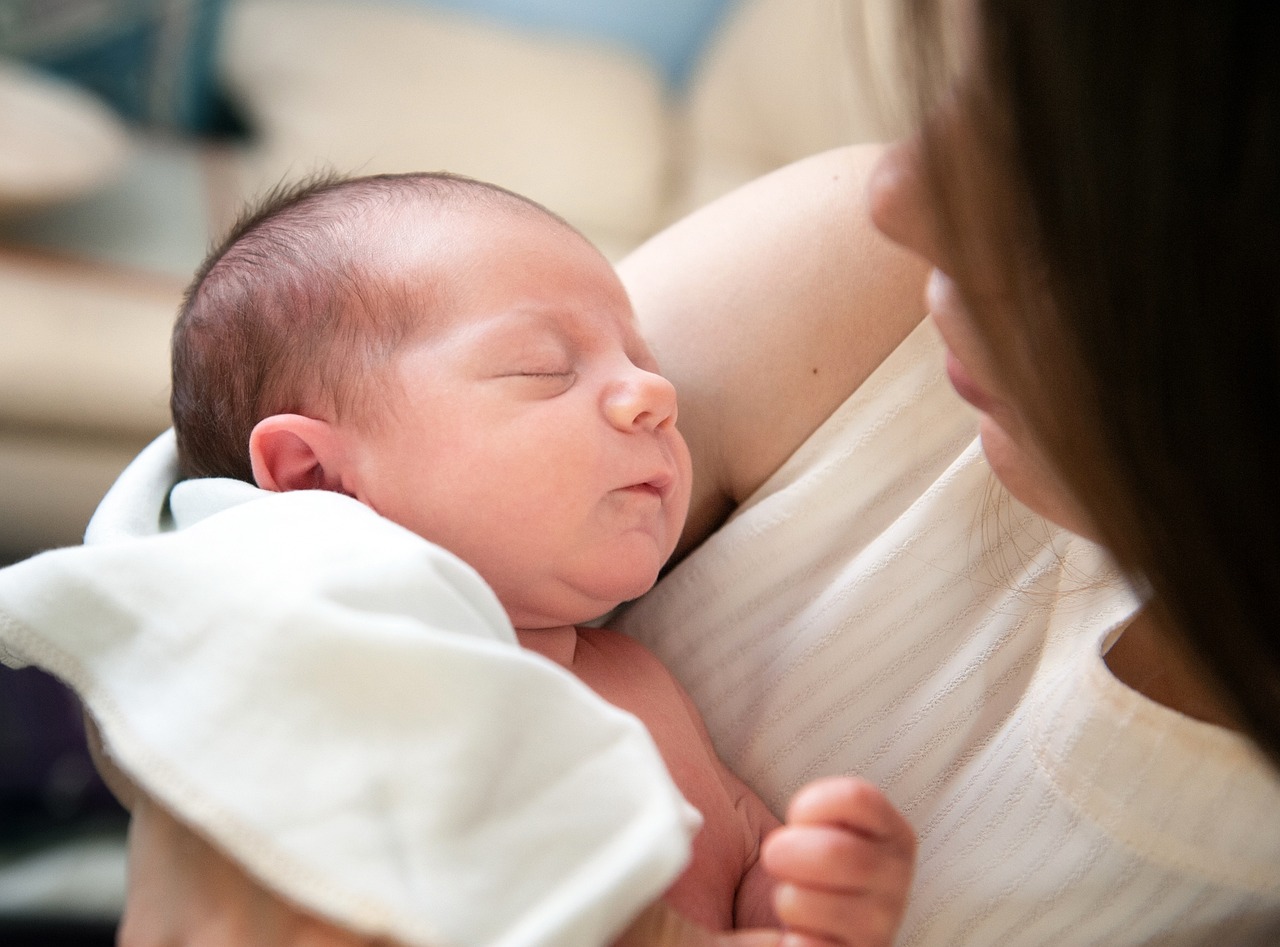Media release
From:
New vaccines herald “era-defining advancements” in RSV prevention
A narrative review published in the Medical Journal of Australia examines the current landscape and future directions of respiratory syncytial virus (RSV) preventives in Australia.
RSV is a major cause of acute lower respiratory tract infections, and disproportionally impacts children under the age of 4, who represent 50% of RSV hospitalisations.
In November 2023, the long-acting monoclonal antibody nirsevimab was registered with the Therapeutic Goods Administration (TGA) for prevention of RSV-related infections in children under two years of age.
Shortly after, in March 2024, a maternal RSV vaccine, Abrysvo, was registered with the TGA for prevention of RSV-related infections in infants under 6 months of age.
The narrative review authors describe the availability of these vaccines as “an era defining advancement in RSV prevention.”
“Both nirsevimab and Abrysvo have demonstrated substantial potential in reducing hospitalisation rates and mitigating long term health care costs associated with RSV infections in infants,” Sam Barnett of Monash University and co-authors wrote.
Western Australia leading the charge at home
Western Australia was the first Australian jurisdiction to announce a state-wide immunisation program, rolling out a government funded all-infant RSV immunisation program with nirsevimab in April 2024.
A research letter published in the Medical Journal of Australia has examined the impact that the immunisation program had on the WA health care system.
“From 2 April 2024, all WA infants born during 1 October 2023 – 30 September 2024 were eligible to receive nirsevimab in primary care services and birthing hospitals, as were Aboriginal children and children with conditions associated with severe RSV disease born during 1 October 2022 – 30 September 2023,” Dr Lauren Bloomfield and co-authors wrote.
“With 71% of nirsevimab-eligible infants receiving RSV prophylaxis during April–September 2024, the number of RSV-associated hospitalisations in WA was 57% lower than expected during May–December 2024, equivalent to one hospitalisation averted per 43 infants immunised.”
“Further, a contemporary case–control study found that nirsevimab was 86.4% effective in averting RSV-associated hospitalisations of infants in WA. As the cost of an infant RSV hospital admission is estimated to be $12 346 to $13 695, averting 505 admissions is likely to have saved $6.2–6.9 million in hospital costs.”
The future of RSV prevention
In 2025, Australia has a national RSV prevention program with free maternal vaccination with Abrysvo and targeted infant protection with nirsevimab.
Analysing the data from this national program will be pivotal in evaluating and refining the national RSV prevention response going forward.
“Program monitoring and evaluation, including cost-effectiveness modelling, from the 2025 RSV [Mother and Infant Protection Program] MIPPs will help guide future decisions regarding the optimal combination of maternal vaccination and nirsevimab,” Barnett and co-authors wrote in their narrative review.
“These studies, which will incorporate Australian-specific data, will evaluate factors such as cost-effectiveness, timing, geographic variability and logistical considerations in relation to administration.”
Successful implementation of RSV prevention programs will depend on maintaining cost effectiveness, addressing parental acceptance and uptake of the vaccines, and ensuring accessibility for groups at increased risk, such as First Nations children.
“An evidence-based approach will be essential to ensure appropriate allocation of resources, tailoring programs to the specific needs of higher risk populations while maximising the economic and health benefits across Australia,” Barnett and co-authors wrote.
Read the narrative review in the Medical Journal of Australia.
Read the research letter in the Medical Journal of Australia.
The Medical Journal of Australia is a publication of the Australian Medical Association.



 Australia; VIC
Australia; VIC



